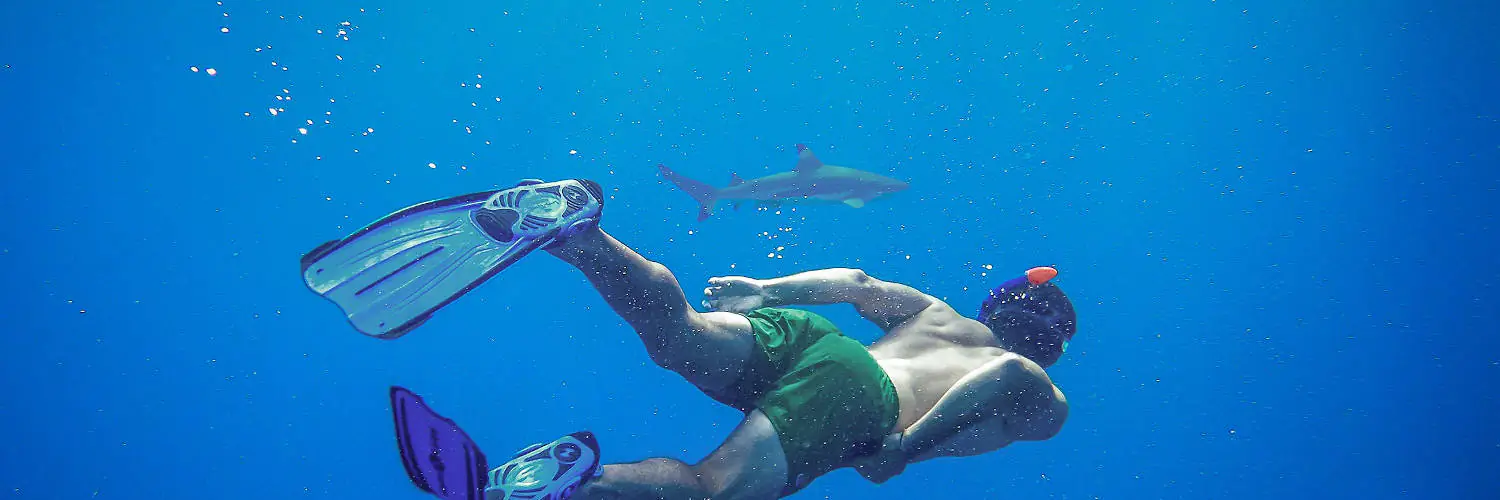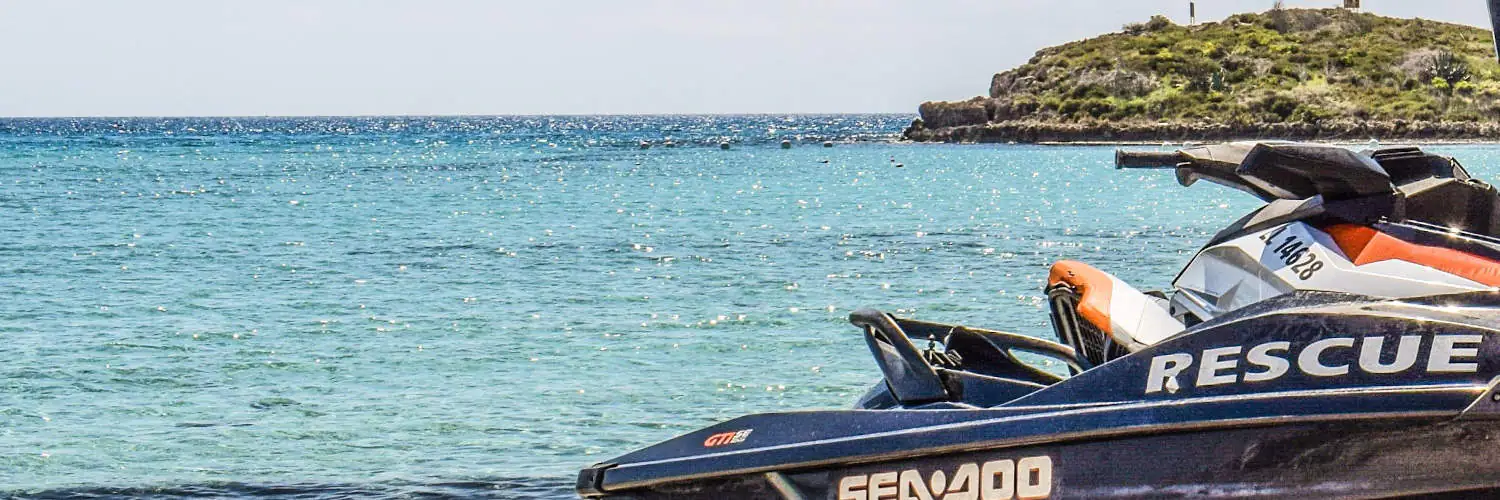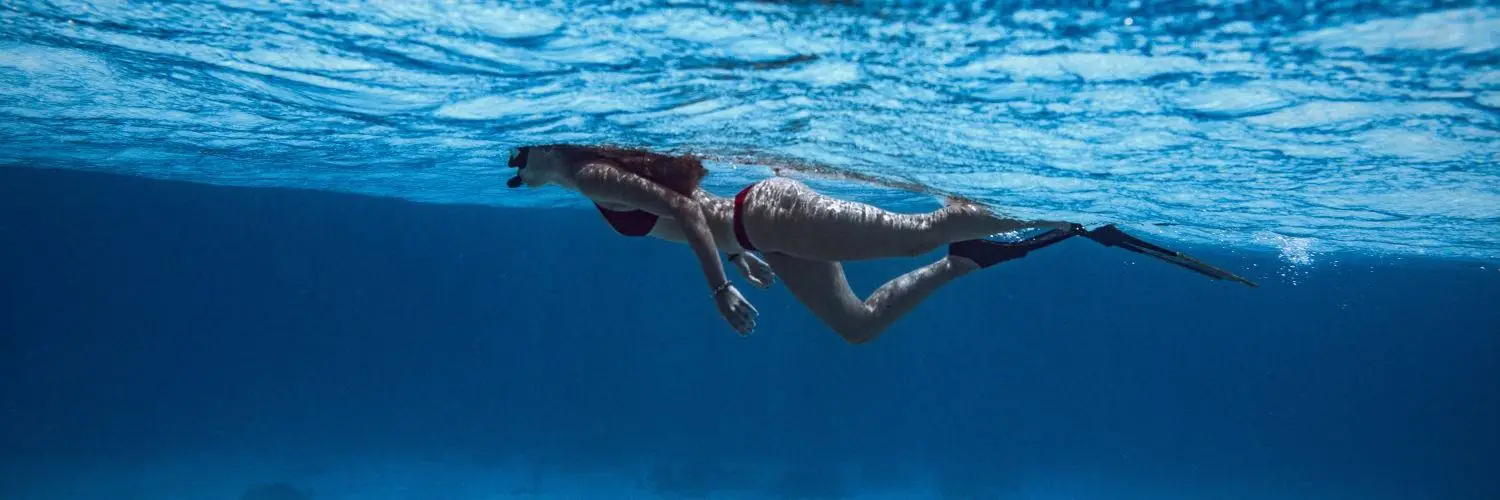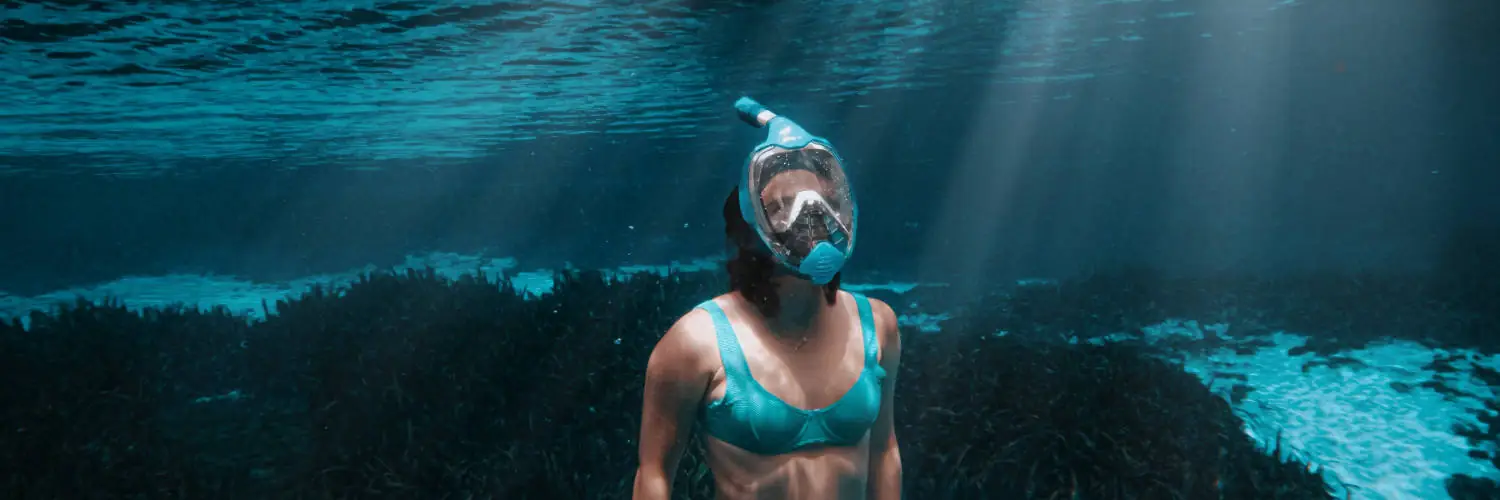Table of Contents
A Guide to Solo Underwater Exploration
Snorkeling is an immersive experience that allows individuals to explore the underwater world with ease and agility. The activity is accessible, requiring only a diving mask, a snorkel, and swimfins. This allows for a unique way to appreciate marine life and can be a serene and educational experience. While it is suitable for people of all ages, it is crucial to have a basic level of swimming ability and familiarize oneself with snorkeling equipment for a safe and enjoyable time underwater.
Going snorkeling by oneself can be a liberating experience, fostering a sense of freedom as one navigates the water independently. However, it’s important to assess one’s skill and confidence in the water before setting out alone. Effective preparation, such as understanding the snorkeling description and the correct use of gear, is essential for minimizing risks.
Although snorkeling is traditionally considered a low-risk activity, solo snorkelers must be extra cautious. When there is no companion to assist during unexpected situations, the importance of self-reliance comes to the fore. This includes recognizing personal limits, being aware of the environment, and knowing how to respond to emergencies. Therefore, even for seasoned swimmers, it’s advisable to evaluate the risks and benefits of snorkeling alone.
Understanding Snorkeling Basics
Effective snorkeling requires understanding the essentials of the equipment and techniques involved. One must know how to use and fit snorkeling gear correctly, the role of fins, and proper breathing methods.
Snorkeling Equipment
Snorkeling equipment is fundamental for a successful underwater experience. The essential gear includes:
- Mask: Provides clear vision under water. Its correct fit is crucial to avoid leaks.
- Snorkel: A tube enabling breathing with the face submerged. Must have a comfortable mouthpiece.
- Fins: Facilitate efficient swimming with minimal effort. Should fit snugly without causing discomfort.
The Role of Fins in Snorkeling
Fins are imperative for efficient movement in the water, acting as extensions of the feet. They help the snorkeler:
- Propel: Fins provide increased propulsion to swim with ease.
- Maneuver: They assist in navigating through currents and changing direction.
Breathing Techniques
Proper breathing through the snorkel is a vital skill. A snorkeler should:
- Breathe Slowly: This conserves energy and reduces fogging of the mask.
- Stay Relaxed: Panic can lead to hyperventilation. Calm, measured breaths are best.
Mask and Snorkel Fit
A snorkel mask must fit snugly to prevent water from entering. Consider these points for a proper fit:
- No Gaps: The mask should seal smoothly around the face.
- Purge Valve: A snorkel with a purge valve can help expel any water that enters.
- Strap Adjustment: The strap should be tight enough to hold the mask in place but not so tight that it becomes uncomfortable.
Preparation for Snorkeling Alone
Successful solo snorkeling relies on meticulous preparation and recognizing the risks involved. Snorkelers must be self-reliant, as they won’t have the immediate assistance of a buddy in case of emergencies.
Physical Fitness and Skill Level
Physical fitness is paramount when planning to snorkel alone. Snorkelers should assess their swimming ability honestly and consider taking swimming lessons if they haven’t mastered strong swimming skills. Regular practice in a controlled environment like a swimming pool can help build the confidence and endurance required to handle various ocean currents.
- Confidence in Water: Essential for managing unexpected situations calmly.
- Swimming Proficiency: A critical skill to navigate through and against currents safely.
Local Knowledge and Safety Precautions
Understanding local conditions is a critical component of safely snorkeling alone. Knowledge about tides, currents, and potential weather changes helps snorkelers make informed decisions. Adhering to safety precautions, such as checking weather forecasts and informing someone on land of one’s plans, minimizes risks. Snorkelers with certain medical conditions must consult a doctor to ensure safety.
- Currents Assessment: Crucial for energy conservation and prevention of exhaustion.
- Emergency Planning: Includes having a signaling device and knowing the nearest exit points.
Marine Life Awareness
Snorkelers must be aware of the marine wildlife they might encounter, including fish and, in rare instances, sharks. While most marine creatures are harmless if left undisturbed, being able to identify and maintain a safe distance from potentially dangerous ones is vital. Educating oneself about the behavior and habitats of local marine life reduces the risk of harmful interactions and enhances the experience.
- Marine Wildlife Respect: Understand that you are a visitor in their habitat.
- Caution with Sharks: Encounters should be met with respect and by maintaining a safe viewing distance.
To further explore this aspect, snorkelers can learn about the relationship between Snorkeling and Sharks to better prepare for possible encounters. Pregnant snorkelers should also take particular care and determine suitable practices during pregnancy to ensure both their own and the baby’s safety, referencing guidelines like those for Snorkeling During Pregnancy.
Selecting the Right Location
Choosing the right location for snorkeling can greatly enhance the experience. One should consider the type of entry – beach or boat – and be aware of the ocean conditions they’ll encounter, such as riptides or calm waters.
Beach vs Boat Access
When beginning the snorkeling adventure, beach access is often the most suitable for beginners. Opting for a beach entry allows snorkelers to gradually wade into shallow waters and acclimatize to the environment at their own pace. Ideal beach locations often include:
- Calm waters: Reduces the chances of fatigue.
- No boat traffic: Ensures safety from maritime hazards.
- Coral reefs: Within swimming distance to explore diverse marine life.
Boat access, on the other hand, is typically suitable for more experienced snorkelers or those accompanied by a guide. It enables visits to more secluded spots, often home to vibrant coral reefs and a diversity of fish. Key considerations for boat access include:
- Pre-planned destination: This ensures a safe and identified snorkeling spot.
- Safety protocols: Familiarity with emergency procedures and how to signal for help.
Understanding Ocean Conditions
Awareness of the ocean conditions is crucial for a safe snorkeling experience. Key factors to assess include:
- Local weather reports: These should be checked to avoid unexpected changes that could affect the sea state.
- Riptides: Strong currents can pose significant risks; calm and clear waters are preferable.
- Marine life behavior: Some areas may have safe times to snorkel after flying due to the presence of certain sea creatures without concerns for decompression sickness, unlike scuba diving.
When snorkeling in tropical destinations or around islands, it is important to have information on the best times to go and what marine life to expect. For experiences like night snorkeling with manta rays, checking conditions and organizing with professionals is essential.
Remember, a well-chosen location can result in a breathtaking snorkeling adventure in the ocean’s bountiful and serene underwater landscape.
Essential Safety Tips
Snorkeling alone entails a heightened responsibility for personal safety. Practiced with caution, it offers an enriching experience, but the risks involved require a strict adherence to safety protocols.
Navigation and Communication
Effective navigation is crucial to prevent getting lost, especially when visibility is low. Carry a compass and familiarize yourself with the snorkeling area. You should understand local currents and have a planned route. Communication tools such as a waterproof whistle or signaling device are essential. Include a snorkeling flag to your gear: It’s a mandatory precaution for alerting nearby boats of your presence in the water.
Handling marine life encounters with respect and awareness reduces the risk of injury. Always observe creatures from a safe distance and never touch; this is particularly important when in areas known to have sharks. A rash guard or protective clothing should be worn both for sun protection and to minimize scrapes and stings.
Handling Potential Hazards
Understand and respect the currents. Always assess their strength and direction before entering the water; if they’re strong, reconsider snorkeling alone. Taking a marker buoy can help you remain visible to others while you focus on staying relaxed— conserving energy is key to avoiding exhaustion and dangerous situations.
Wear a life jacket or snorkel vest for additional buoyancy and safety, particularly if you’re a less experienced swimmer. Stay hydrated, avoid alcohol before snorkeling, and protect yourself from the sun by pausing to drink water regularly. Carry safety gear like a basic first-aid kit to promptly address minor injuries and ensure nothing minor becomes a major issue.
Responsible and Sustainable Snorkeling
Responsible and sustainable snorkeling is essential to protect the diverse and fragile underwater worlds and their inhabitants. Adherence to ethical practices preserves marine ecosystems for future generations.
Protecting Marine Environments
Coral Reefs: They are vital to the ocean’s health but are highly sensitive to disturbances. Snorkelers should avoid touching or standing on coral structures, as the slightest contact can damage the delicate polyps that comprise the reef.
-
Sunscreen: Chemicals found in some sunscreens can be harmful to marine life. Snorkelers should opt for reef-safe sunscreens that lack oxybenzone and octinoxate, ingredients known to contribute to coral bleaching.
-
Conservation: Participation in conservation efforts, such as beach cleanups and supporting ecotourism, bolsters the health of marine ecosystems. Awareness and education about the underwater environment also play a pivotal role in its protection.
Ethical Interaction with Marine Life
Marine Inhabitants: Interaction with marine life requires a hands-off approach. Feeding or touching animals like fish, rays, turtles, or whale sharks can disrupt their natural behaviors and endanger their survival.
- Observation: Observers should maintain a respectful distance from all underwater life to minimize stress and disturbance. Watching these creatures in their natural habitat offers valuable insight without causing harm.
By adhering to these measures, snorkelers become stewards of the ocean, ensuring the longevity and vitality of the water and its underwater life.








